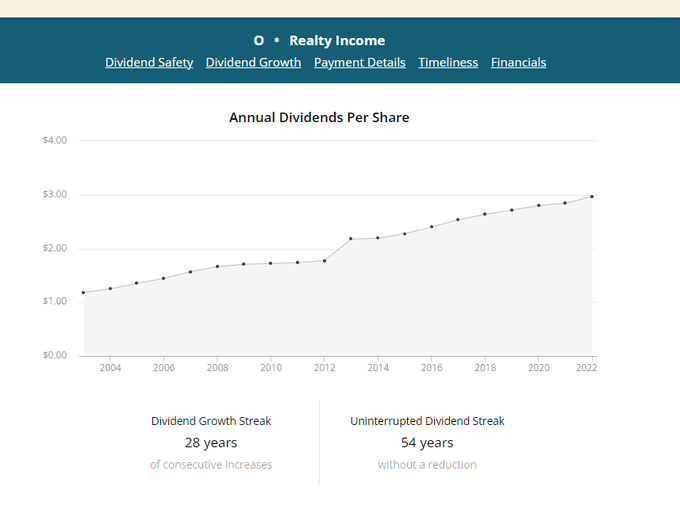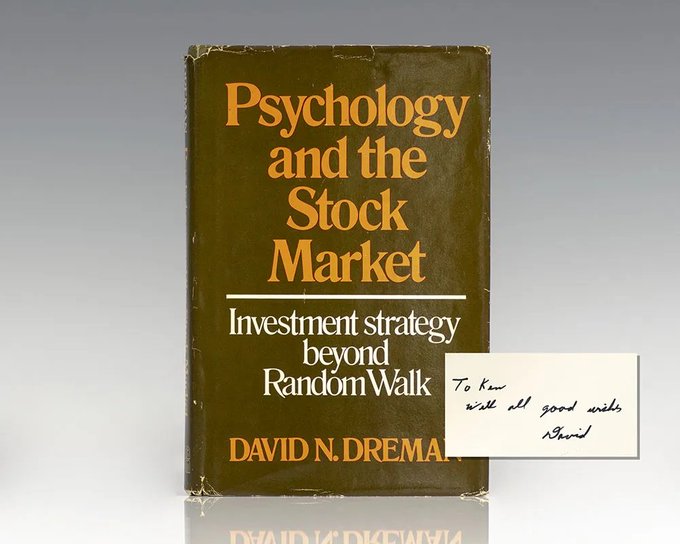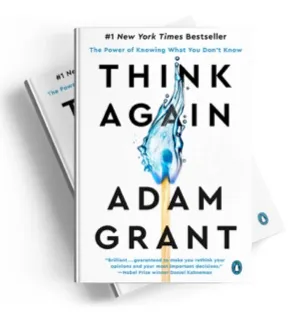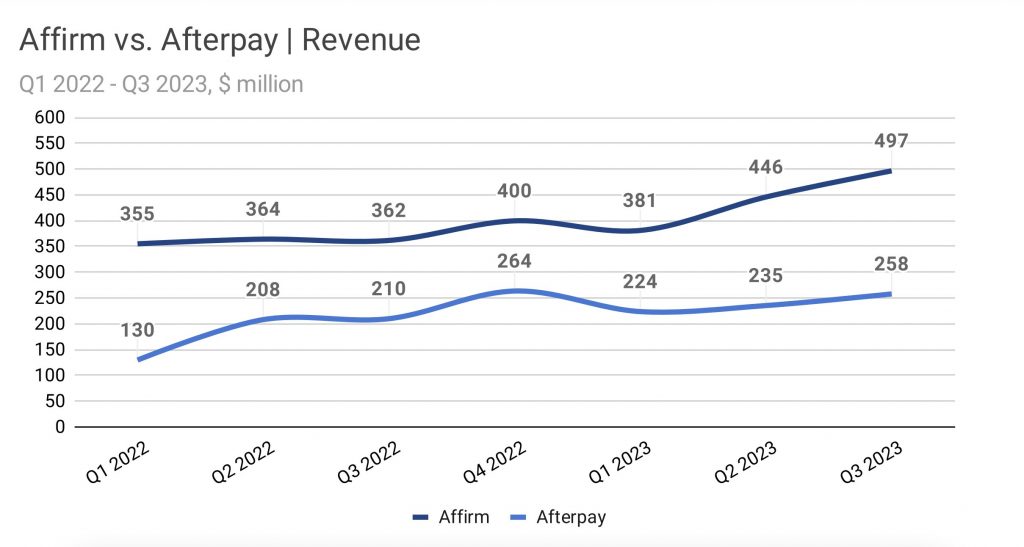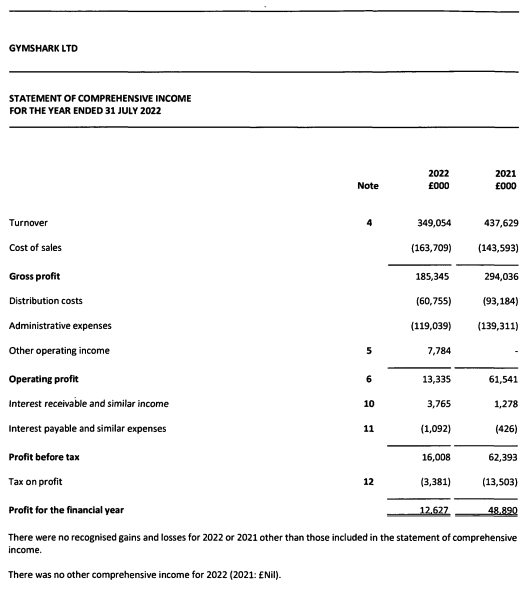The story of Baillie Gifford’s origins starts in Edinburgh, Scotland, in 1908, when two ambitious lawyers, Colonel Augustus Baillie and T.J. Carlyle Gifford, saw an opportunity in the burgeoning rubber industry.
The Founding Moment:
- Baillie, a veteran of the Boer War, and Gifford, a brilliant young lawyer, combined their expertise to establish a law firm, Baillie & Gifford WS.
- They quickly recognized the potential of the rubber industry and decided to create an investment trust focused on this promising sector.
- In 1909, The Straits Mortgage and Trust Company was launched, with Baillie & Gifford managing its assets. This marked the official start of Baillie Gifford, laying the foundation for their journey as successful investment managers.
Early Years and Growth:
- The initial years were challenging, with the rubber industry facing fluctuations. However, Baillie Gifford’s astute investment decisions and long-term perspective helped the trust navigate these difficulties.
- They gradually diversified their portfolio beyond rubber, venturing into other sectors like shipping, textiles, and utilities.
- Throughout the 20th century, Baillie Gifford continued to grow, weathering various economic storms and building a reputation for prudent management and a focus on long-term investment horizons.
Evolution and Modern Form:
- In the late 20th century, Baillie Gifford embraced new investment strategies and technologies, adapting to the changing financial landscape.
- They became pioneers in growth investing, focusing on identifying and backing companies with high growth potential.
- Their commitment to research and analysis, coupled with their distinctive partnership structure, which emphasizes collective decision-making and long-term thinking, further set them apart.
Today:
- Baillie Gifford stands as a global investment management powerhouse, managing over £216 billion (US$ 264 billion) in assets for a diverse clientele.
- They are known for their innovative approach to investing, dedication to sustainability, and commitment to supporting the companies they invest in.
